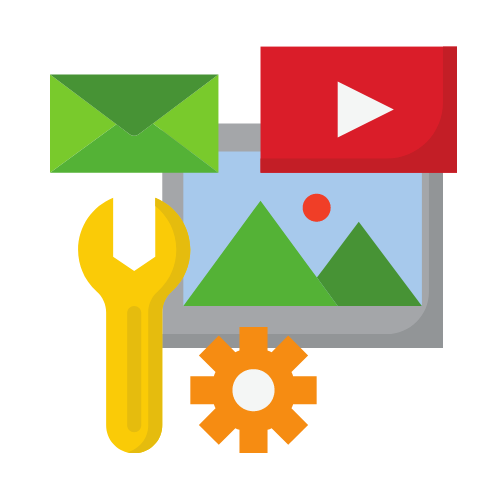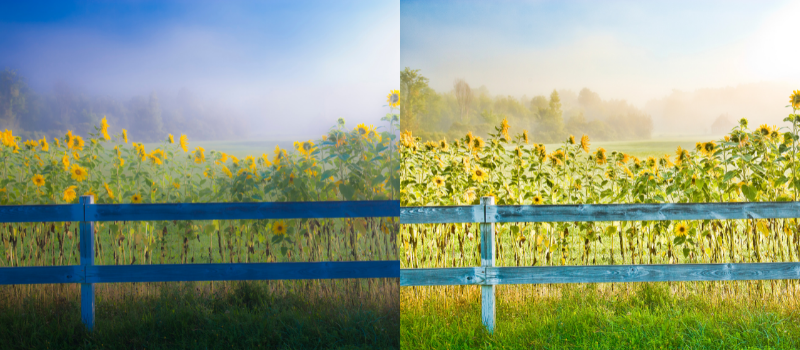Images are a great way to break up text, add visual interest, and give you a more user-friendly website. Humans are primarily visual learners and what we see tends to stick with us more than just a wall of text. But how many images should a developer use on the website? And do images have any impact on the website’s ranking in Google search results? Read more to find answers to all these questions and learn about what Unwired Web Solutions can offer.
Does the Number of Images Impact Google Rankings?
The short answer is: it depends. Many developers and designers have wondered how to make a user-friendly website that optimizes Google’s algorithms. Images help tell your brand story and highlight your products and services. While Google doesn’t explicitly state that the number of images on a page is a ranking factor, there are a few reasons why using too many or too few images could hurt your rankings.
How Many Images Should You Include for a User-Friendly Website?
If you use too many images on a page, it can slow down your website’s loading speed. And Google penalizes websites that have slow loading speeds. Additionally, too many images can make your website look cluttered and unprofessional.
On the other hand, if you use too few images on a page, it can make your website look boring and uninformative. Google rewards websites that are both visually appealing and informative to the user. The ideal number of images to use on a page will vary depending on the content of the page. A good rule of thumb for responsive website design is to use no more than one image per 100 words of text.
The Importance of Using Relevant Images
In addition to the number of images you use, it’s also important to use images that are relevant to the content of your page. Relevant images can help to improve your website’s ranking in Google search results by providing additional context for your content.
Additionally, relevant images can help to improve the overall user experience of your website by making it more visually appealing and informative. Be sure to use a variety of image sizes and types, including tiff, jpg, png, and even gif. The more pixels each image has, the higher quality the image will be, but the slower it will take to load and the more memory cache it will require.
You can also optimize your images for search engines by including relevant keywords in the alt text. Finally, use descriptive file names for your images to add an extra layer of organization and professionalism.
Additional Tips for Boosting Your Site’s SEO
By following these tips, you can improve your website’s SEO and attract more potential customers.
- Use relevant keywords and phrases throughout your website, including in your titles, headers, and throughout your content.
- Create high-quality content that is informative and engaging.
- Get links from other high-quality websites.
- Optimize your website for mobile devices.
- Keep your website up-to-date with fresh content.
Why Hire Unwired Web Solutions for Professional SEO Services?
If you’re looking to improve your website’s ranking in Google search results, consider everything that Unwired Web Solutions has to offer. We have a team of experienced SEO experts who can help you to optimize your website for search engines.
We’ll work with you to identify the right keywords for your website and develop a strategy to improve your website’s ranking. We’ll also monitor your website’s performance and make adjustments as needed. To learn more about our SEO services, contact us today. Schedule a free consultation and we’ll be happy to help you get started.

 Plan Your Content
Plan Your Content What Is Image Optimization?
What Is Image Optimization?